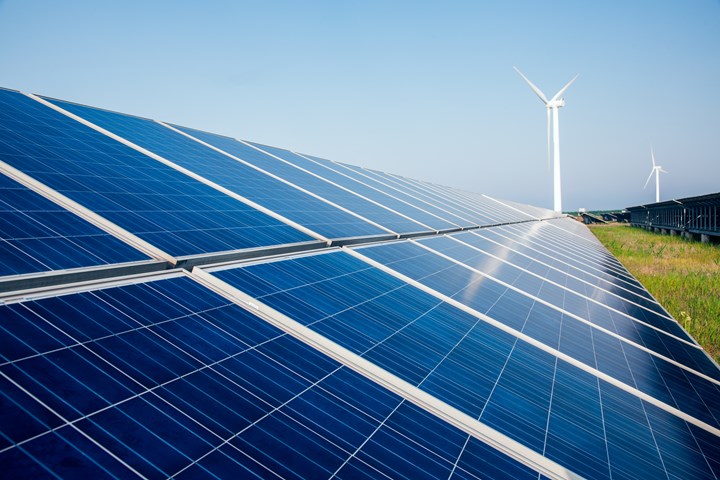Why US solar tariffs (almost) worked – and why they don’t now
Despite early success, the import tariffs could now limit solar market growth
1 minute read
In January 2018, the US government implemented Section 201 solar tariffs on imported cells and modules. After initial successes, our analysis shows that the effectiveness of this approach is now on a decline.
This article is an extract from the report ‘The US solar trade barriers (almost) worked. But they won't any more’. Visit the store to read it in full.
Solar cell import quota was sufficient in 2019 – but isn’t in 2020
The trade barriers, composed of multiple layers of tariffs and import quotas, were effective in 2018 and early 2019. The 2.5 GW solar cell import cap was enough to support domestic solar module manufacturing, and tariffs on imported modules were high enough to level the playing field.
However, the effectiveness of the trade barriers started to erode in 2019 due to strong demand in the US solar market. We expect that the market will grow by 33% in 2020 and 48% in 2021 from the 2019 level. This will require domestic manufacturers to procure more solar cells from overseas suppliers than the tariff-free import quota supports. They stand to miss out on market opportunities if the quota is not increased to match demand.
Module imports from China are on the rise
One noteworthy trend is that module imports from China have been on the rise since January 2019. That’s despite a combination of Section 201 tariffs, anti-dumping and countervailing duties (ADCVD), and Section 301 tariffs, a.k.a. ‘the China tariffs.’ According to US customs data, China exported 314 MW of solar modules to the US in 2019, and the trend continues in 2020. Over 490 MW of modules were imported from China in Q1 2020, exceeding the imports in all of 2019 by 22%.
Three factors are responsible for this trend:
- Heightened demand for bifacial solar modules
- On-again-off-again Section 201 tariffs on bifacial modules
- The cost competitiveness of bifacial modules made in China.
More than 95% of the Chinese module imports in 2019 were made in the second half of the year, after the announcement of the bifacial module Section 201 tariff exemption. The exemption created a window of opportunity for US solar developers to procure cheaper modules from China, but policy flip-flops over the past 12 months have made it hard for developers to turn their opportunistic actions into a routine procurement practice.
Read the full insight to find out more about the forces influencing procurement strategy.
Tariffs have made solar modules artificially more expensive in the US
A double-edged sword: solar tariffs helped manufacturers but hurt developers and consumers
The effectiveness of the solar trade barriers in the US depends on your point of view. From the perspective of domestic solar manufacturers, the policy partially achieved its purpose. It grew US production capacity and carved out a sizable market for domestic modules. However, if the purpose of the policy is to protect and grow the entire solar industry, then the added cost and supply constraints are counterproductive.
Tariffs have made solar modules artificially more expensive in the US. The cost is about 79% higher than in major European markets, 75% higher than Japan, and about 85% higher than China. Without the tariffs, solar system prices could be nearly 30% lower. Utility-scale solar with high-efficiency modules and trackers in the US would cost less than $1.00/W to build in 2020, two years earlier than the current cost trajectory.
On the flip side, if the US extends the same set of tariffs for another round, by 2026 it may cost twice as much to buy solar modules in the US than in Europe or Canada. The installations will fall well below the current outlook.
Our biannual US solar PV system pricing report includes detailed breakdowns for 2020, with forecasts through 2025. Fill in the form at the top of this page for a preview with sample charts.
What’s next?
Section 201 tariffs are currently scheduled to phase out on February 7, 2022. The US federal government will determine what happens next. To read more about the possible outcomes, visit the store to read this insight in full.







